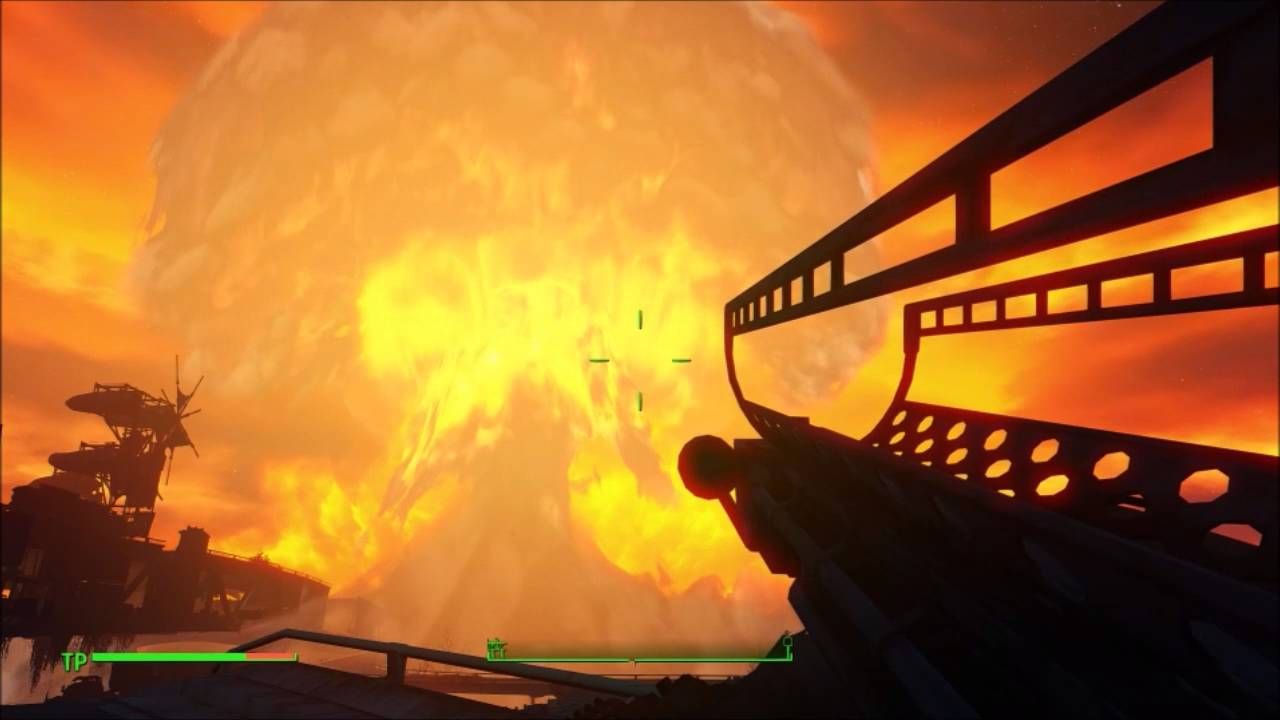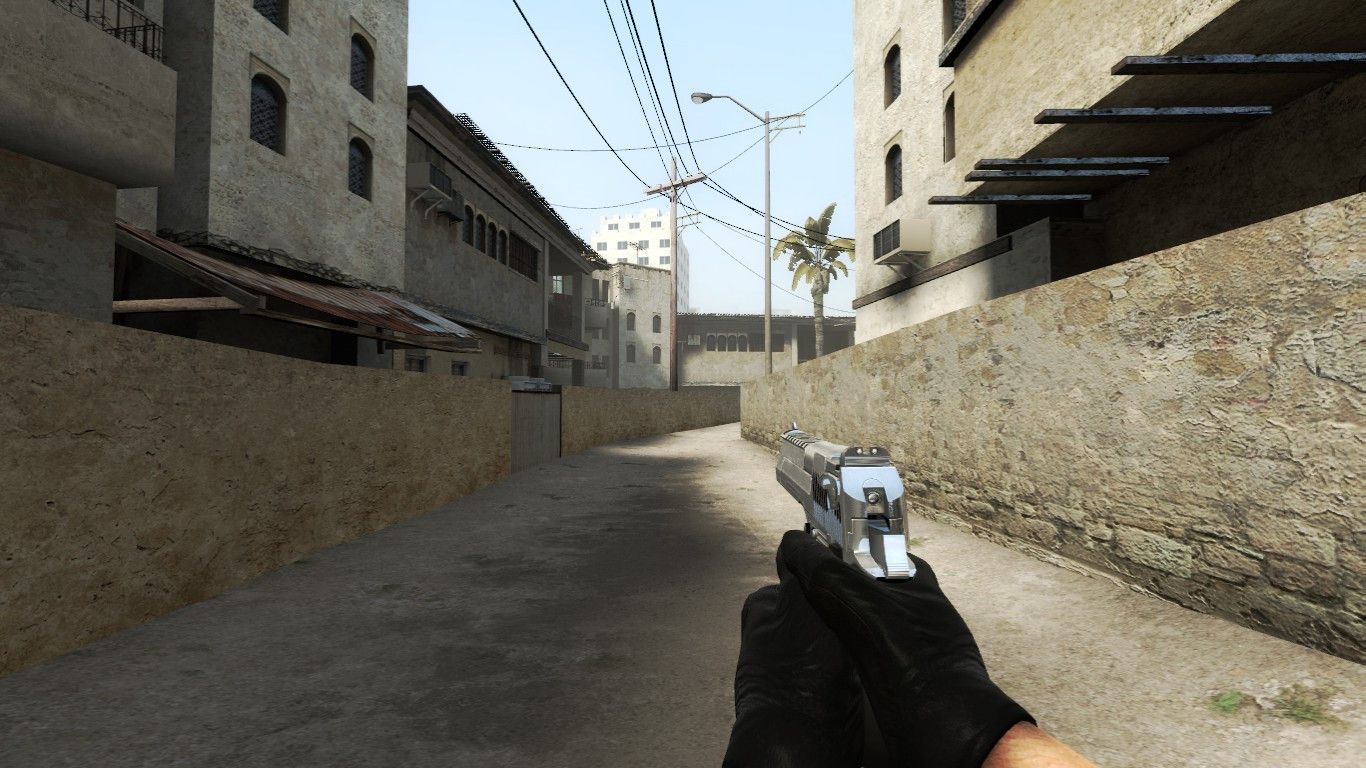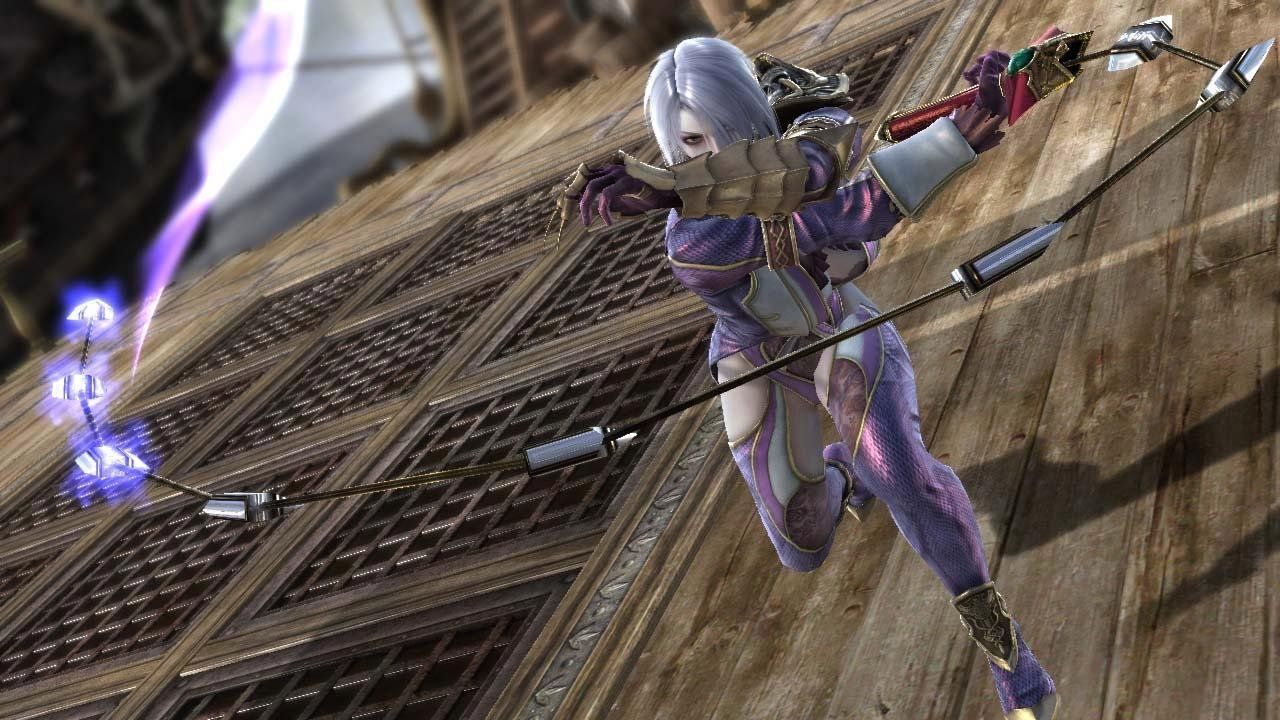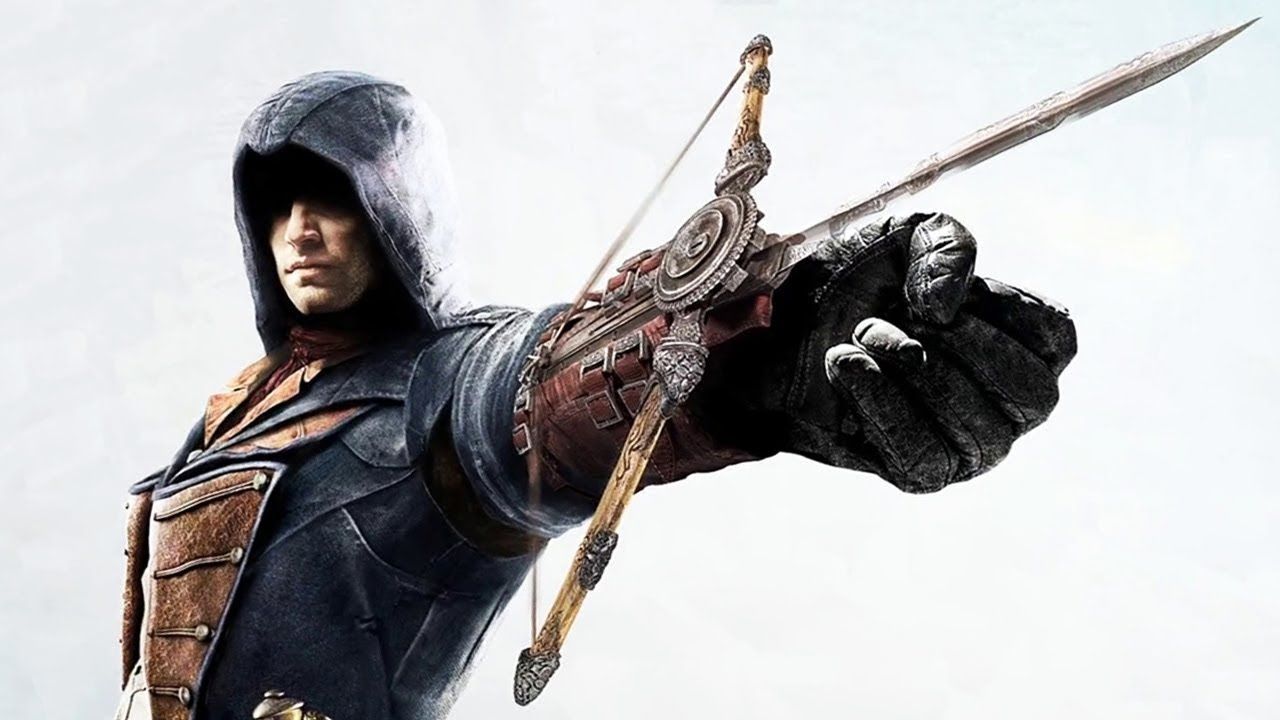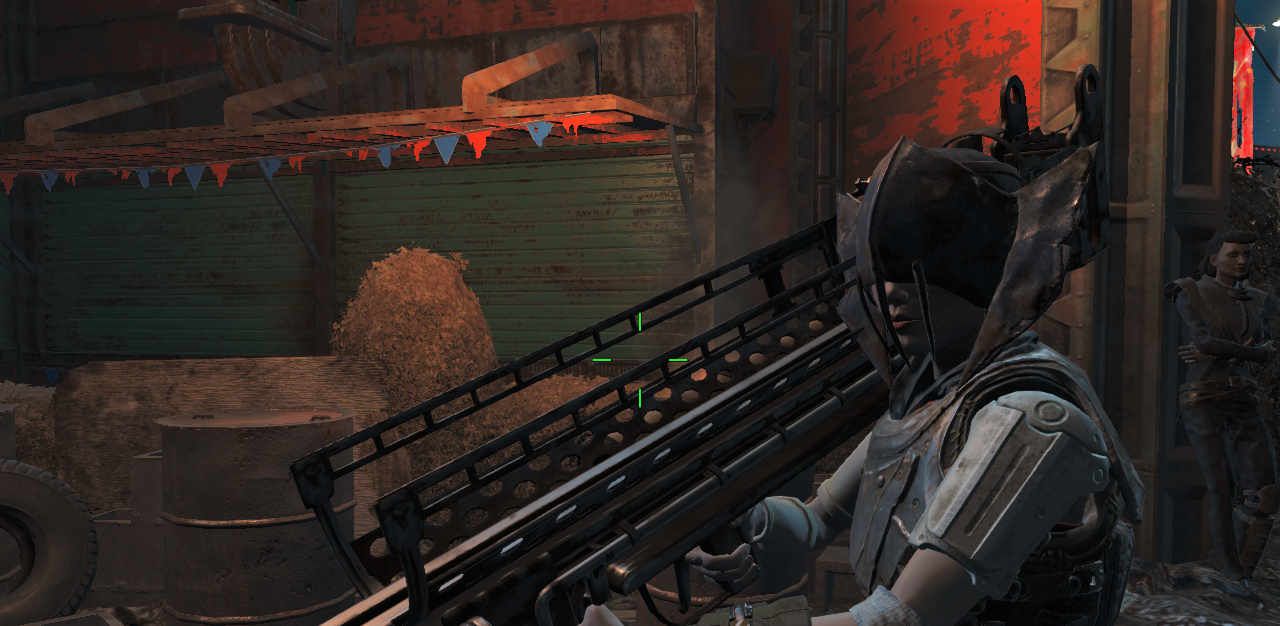One of the best things about video games are the weapons. There’s nothing better than getting your hands on a weapon that is flashy, super powerful, or just really, really cool-looking. But a lot of times, the cool weapons that we see in games aren’t quite as good in real life. Here are just a few video game weapons whose real life versions don’t quite measure up.
Desert Eagle
Don’t worry, we’ll get to more exciting weapons later, but this one is a particularly egregious example. You might recognize the Desert Eagle as the best pistol in literally every military first-person shooter. In some games, the pistol might even out-damage rifles.
To be fair, the Desert Eagle is a high-caliber pistol, so it does tend to do quite a bit of “damage.” The problem is, real life damage doesn’t work like video games. Getting shot in the thigh doesn’t just do bodyshot damage, it makes you bleed out from your femoral artery. This means that unless you’re facing a heavily armored person, a high-caliber pistol will be less useful than, say, a 9mm pistol, which has a bigger magazine (thanks to smaller bullets) and less recoil. Not to mention that rifles outrange the Desert Eagle significantly and will kill you just as dead from much farther away.
Snake Sword
The Snake Sword is a blade wielded by Ivy Valentine in Soul Caliber, although the basic design appears in many different video games and other media. It is a flexible sword that can split into segments connected by a chain-like tether and can be used like a whip or a sword, allowing for more options in combat.
While the segmented sword that we see in Soul Caliber doesn’t appear in real life, there is a type of flexible whip sword called the Urumi that was used in Southern India and Sri Lanka. It eventually fell out of favor in military use, but is still incorporated in the martial art of Kalaripayattu. It is considered one of the most dangerous swords in the world.
That is, one of the most dangerous swords for everyone involved. Practitioners of Kalaripayattu have to spend years training to even be ready to practice with the Urumi because of the enormous likelihood of injuring yourself when fighting with it. The flexible blade means that the wielder can easily cut themselves while swinging it. Of course, the Snake Sword is powered by black magic, so maybe Ivy doesn’t have to worry about it.
Phantom Blade
Assassin’s Creed has featured the iconic hidden blade since the inception of the series. This entry isn’t about that, since a hidden blade is pretty effective for what it’s used for – killing silently and stealthily. This entry is about the Phantom Blade, a ranged variant of the hidden blade introduced in Assassin’s Creed Unity.
The Phantom Blade is a wrist-mounted crossbow that can be used to stealthily assassinate enemies from a distance. So, what’s the issue? Crossbows exist in real life. Well, the problem comes from how crossbows work. Crossbows fire bolts by releasing energy stored in the tension of the limbs of the crossbow. That means that the power of the bolt depends on the size of the limbs, and with 18th Century technology, the Phantom Blade wouldn’t have that much launching power. Also, since the Phantom Blade is built into a leather bracer, all of the tension in the crossbow rests on your arm instead of the stock of the weapon.
This isn’t the only problem with this weapon, since the Phantom Blade doesn’t fire bolts, it fires blades. Crossbow bolts have fletching, which stabilize them as they fly. The type of blade that the Phantom Blade fires is the equivalent of launching a knife at someone, and would probably be just as effective in real life.
Fat Man
The Fat Man is one of the best weapons from the Fallout series, and for good reason. It fires a mini-nuke that absolutely obliterates anyone in its blast radius. However, the Fat Man actually had an equivalent in real life. The M-29 Davy Crockett Weapons system was a prototype weapons system developed by the U.S. military, similar to the backstory of the Fat Man launcher. It wasn’t a hand-held weapon though, it was a mounted weapon that was somewhere between the size of a mounted machine gun and a howitzer.
It boasted devastating destructive power, since anything within 500 feet of the epicenter would be completely incinerated, and anyone within a quarter-mile radius would die from lethal radiation exposure. Unfortunately, it only had a range of a mile and a half, and it turns out that the three-man firing crew of the Davy Crockett held the opinion that a not-immediately-lethal dose of radiation was usually more radiation than they were comfortable with. Also, if the wind blew toward the crew from the detonation, they would likely receive an eventually-lethal dose.
Not to mention, the Fat Man is much smaller and uses a catapult mechanism, giving it a much lower range than the Davy Crockett. Realistically, firing the Fat Man should result in self-incineration every time, but we can chalk that one up to Bethesda’s 1950s comic book handling of radiation in the Fallout universe.
Of course, no one expected video games to be realistic, but next time you pick up a weapon in your favorite video game, remember that it might not be as useful as it seems.

